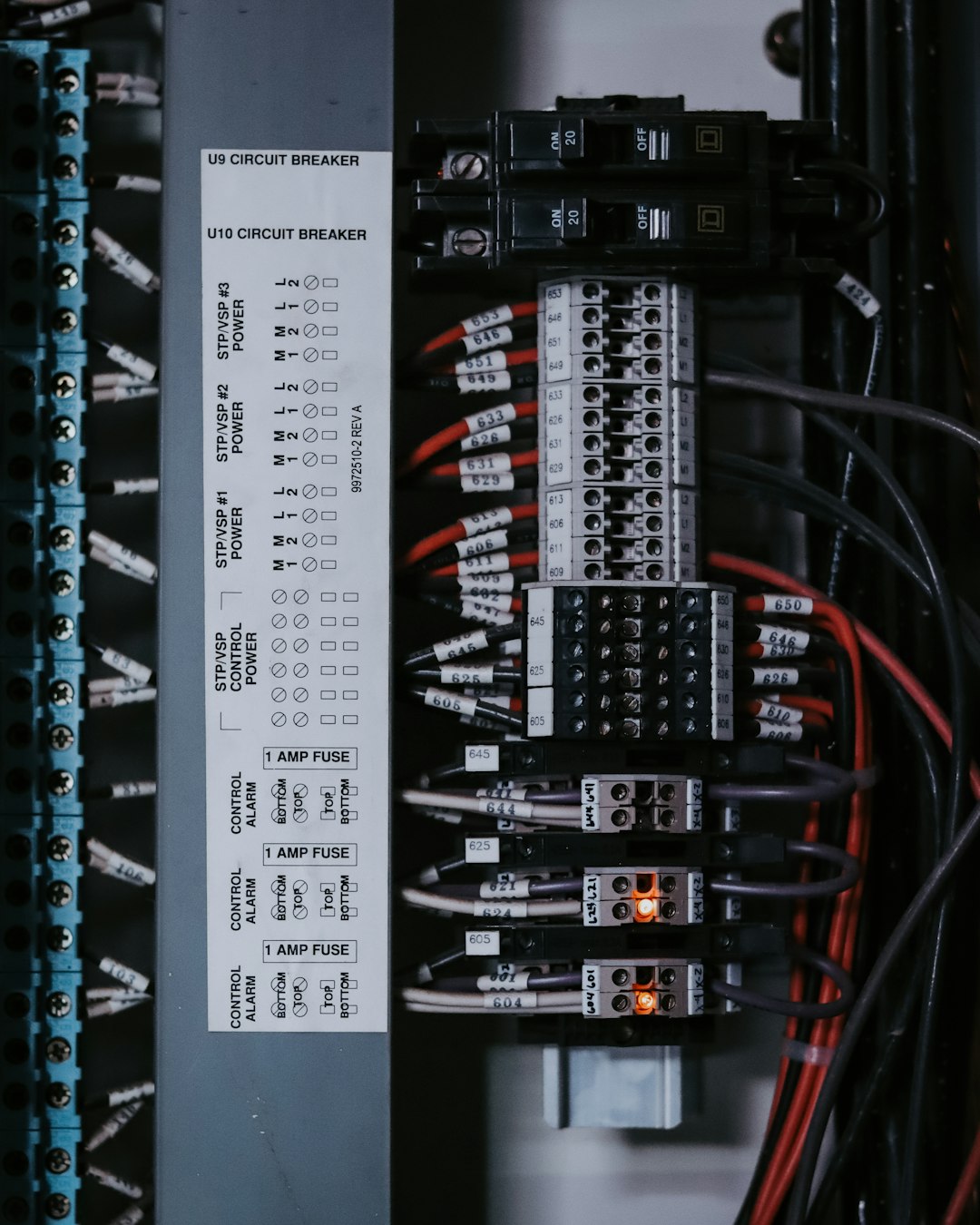Designing and managing electrical systems is no longer just about wires, circuits, and voltmeters. Today, the power behind a successful electrical engineer’s workflow lies in intelligent software that can tame the growing complexity of modern designs. In industries where precision, speed, and accuracy matter more than ever, electrical design software has become a mission-critical toolset.
TL;DR
Modern electrical design software helps engineers tackle complex wiring, power distribution, and control systems with efficiency and precision. These tools automate error detection, optimize workflow timelines, and integrate seamlessly with existing CAD and PLM systems. They’re essential in industries like construction, aerospace, automotive, and industrial automation. Choosing the right software suite accelerates design, minimizes costly rework, and ensures compliance with ever-changing industry standards.
Why Electrical Software Has Become Indispensable
Electrical engineers face increasing demands for agility and precision across industries. From renewable energy systems to advanced robotics, everything relies on optimized electrical designs. Engineers must meet strict regulatory standards, ensure safety, and deliver complex systems quickly—all while avoiding design flaws that could cost time and reputation.
This is where purpose-built electrical design software shines. These platforms combine schematic design, wire routing, error checking, and documentation into streamlined packages. What once took days or even weeks to verify manually can now be completed in hours or minutes with automated tools.
Key Features That Make Electrical Software a Game-Changer
Below are some core benefits and functionalities that have transformed electrical software into essential engineering assets:
- Intelligent Schematics: Most electrical design solutions support smart symbols, real-time validation, and automatic part number assignments to reduce human error.
- 3D Panel Layouts: Integration with 3D CAD tools allows designers to layout control panels and cabinets with spatial accuracy and detect interference automatically.
- Live Error Checking: Logic errors, short circuits, and compliance violations are identified as you go, eliminating costly design flaws during production.
- Standards Compliance: Automatic checks against international electrical design standards like IEC, ANSI, or UL facilitate easier cross-border project execution.
- Revision Management: Versioning tools allow engineers to track design changes over time and revert if necessary for audits or collaboration.
Popular Platforms Dominating the Electrical Design Space
Several industry-leading electrical software platforms have become go-tos for professional engineers and design teams. Each offers a combination of design automation, integrations, and customization tailored to varying industries.
1. AutoCAD Electrical
Part of Autodesk’s ecosystem, AutoCAD Electrical is a field-tested solution widely used in manufacturing and construction. Built on the trusted AutoCAD platform, it offers extensive libraries, symbol automation, and real-time error detection. AutoCAD Electrical integrates with Inventor and Fusion 360, enabling mechanical-electrical collaboration on large-scale projects.
2. EPLAN Electric P8
A preferred solution in the industrial automation and control systems space, EPLAN Electric P8 covers panel layout, PLC documentation, and cross-referencing like no other. One of its most praised features is the automatic generation of reports, which saves time when handing over project documentation for installation or inspection.
3. SolidWorks Electrical
Designed with mechanical-electrical collaboration in mind, SolidWorks Electrical links electrical schematics with 3D CAD models. This allows for real-time BOM (Bill of Materials) synchronization and precise cable routing within mechanical assemblies.
4. Siemens Capital
Part of the broader Siemens Xcelerator portfolio, Capital is ideal for aerospace, automotive, and transportation. It supports modeling of entire electrical and electronic systems, including wiring harnesses, and is oriented toward large-scale system design and digital twin applications.
Real-World Use Cases: The Difference Electrical Software Makes
Whether you’re wiring a control panel or designing the electrical framework for a skyscraper, electrical software proves invaluable. Here are some impactful applications across different sectors:
- Construction: In complex commercial electrical installations, software simplifies conduit routing, calculates load balancing, and documents every breaker and fuse for compliance.
- Automotive: With increasing vehicle electrification, design software is crucial for laying out circuits for infotainment, lighting, and safety systems, all within constrained spaces.
- Industrial Automation: PLC integration and motor control layout designs benefit from software capable of real-time simulation and diagnostics.

Balancing Power Loads and Project Deadlines
Efficient load planning isn’t just electrical—it’s logistical. Engineers face immense time pressures, and without intelligent software, basic tasks like updating wire gauges or rerouting due to space constraints can derail schedules.
Electrical software platforms incorporate tools to forecast power demand, detect unbalanced loads, and simulate performance under peak conditions. This not only ensures operational safety but also helps designers adhere to project timelines by preventing rework down the line.
In the project management context, many of these tools integrate with scheduling software like Microsoft Project, enabling synchronization of design milestones with procurement and construction activities. Some suites even support cloud-based collaboration features for multi-location teams.
Integrated Interfaces with PLC Programming and Simulation
In control system design, the blend of hardware and software has made PLCs (Programmable Logic Controllers) a central element. Today’s top-tier electrical design software offers interoperability with major PLC platforms like Siemens TIA Portal, Allen-Bradley Studio 5000, and Mitsubishi GX Works.
By interacting directly with PLC databases and configurations, electrical designers can produce accurate IO schedules, import tag lists, and even auto-generate wiring diagrams linked to the PLC’s logic layout. This massively reduces time spent on manual cross-referencing and error fixing during commissioning stages of a project.

How to Choose the Right Electrical Software for Your Projects
Selecting the right software involves understanding your team’s priorities and the scale of your operations. Here are a few guiding considerations:
- Integration Needs: Does the software connect easily with mechanical, architectural, or project management platforms you already use?
- User Training and Support: Choose a vendor that offers clear documentation, training modules, and responsive support.
- Industry Requirements: Consider industry-specific tools (e.g., automotive wiring harnesses or building codes) which may narrow down your viable options.
- Cloud and Collaboration: For distributed teams or remote work, prioritize tools with mobile access and cloud storage.
- Scalability: Can it grow with your organization as project complexity increases?
Looking Ahead: AI and Electrical Engineering
As AI and machine learning integrate deeper into engineering workflows, we’re beginning to see systems that can optimize circuit paths, recommend design improvements, and identify inefficiencies autonomously. Some newer platforms are experimenting with predictive error correction and voice-guided commands.
Future iterations of electrical design environments will likely offer real-time collaboration across continents, smart component selection based on supply chain data, and augmented-reality-based panel commissioning. The groundwork is being laid today—and the firms adopting such innovations will lead tomorrow’s market.
Conclusion
Electrical software has evolved from a convenience to a lifeline for modern engineering departments. Whether designing the circuits that run smart homes or the wiring harnesses wrapped around a jet engine, these tools enable precision, speed, and reliability. In a world where every volt and every hour counts, investing in the right electrical design software isn’t just an option—it’s a strategic decision that ensures both safety and success.
